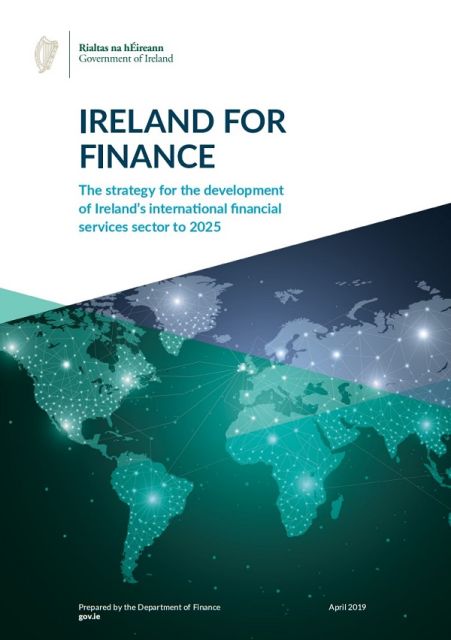In recent years, Ireland has emerged as a global hub for financial innovation, attracting a myriad of fintech companies and startups. The nation’s favorable tax policies and robust regulatory framework have been instrumental in fostering this growth. However, as the financial landscape evolves, so too must the policies that govern it. By 2025, Ireland’s government has implemented a series of tax reforms aimed at striking a balance between encouraging financial innovation and ensuring adequate regulation.
Ireland’s 2025 Tax Reforms Target Financial Innovations
In 2025, Ireland introduced a comprehensive suite of tax reforms specifically designed to address the burgeoning field of financial innovation. Recognizing the unique challenges posed by fintech companies, blockchain technologies, and digital currencies, the Irish government crafted policies that provide clarity and consistency. Key among these reforms is the introduction of a progressive tax framework that scales with the complexity and size of the financial entity, ensuring that smaller startups are not unduly burdened while larger, more established firms contribute their fair share.
The reforms also include specific tax incentives aimed at research and development (R&D) within the financial sector. Companies investing in innovative technologies such as artificial intelligence, machine learning, and cybersecurity can now avail of additional tax credits. These incentives are designed to bolster Ireland’s position as a leader in financial innovation by encouraging continuous advancement and experimentation within the industry.
Moreover, the government has established a specialized task force to oversee the implementation of these tax reforms. This task force is responsible for ensuring that the new policies are effectively communicated to all stakeholders and that any issues arising from their application are promptly addressed. By taking a proactive approach, Ireland aims to create a stable and predictable tax environment that supports sustainable growth in the financial innovation sector.
Balancing Growth and Regulation in a Changing Economy
The 2025 tax reforms represent a delicate balancing act for Ireland, as the nation seeks to foster an environment conducive to growth while maintaining stringent regulatory standards. One of the primary objectives is to prevent regulatory arbitrage, where companies exploit loopholes to minimize their tax liabilities. To this end, the new policies include enhanced reporting requirements and stricter compliance measures, ensuring that all financial entities operate transparently and within the bounds of the law.
In addition to regulatory compliance, the reforms also address the need for consumer protection in an increasingly digital financial landscape. By implementing robust data protection and privacy regulations, Ireland aims to safeguard the interests of consumers while fostering trust in innovative financial products and services. These measures are particularly relevant given the rise of digital currencies and blockchain technologies, which present unique risks and opportunities.
To further support this balance, the government has committed to ongoing collaboration with industry stakeholders, academia, and international bodies. Regular consultations and feedback mechanisms ensure that the tax policies remain responsive to the rapidly changing financial ecosystem. This collaborative approach is designed to ensure that Ireland’s regulatory framework evolves in tandem with technological advancements, thereby supporting long-term economic growth and stability.
Ireland’s 2025 tax reforms mark a significant step forward in the nation’s approach to financial innovation. By introducing a progressive tax framework, incentivizing R&D, and enhancing regulatory compliance, Ireland is positioning itself as a global leader in the fintech sector. These reforms reflect a commitment to fostering innovation while ensuring robust oversight and consumer protection. As the financial landscape continues to evolve, Ireland’s proactive and balanced approach will likely serve as a model for other nations seeking to navigate the complexities of financial innovation.
